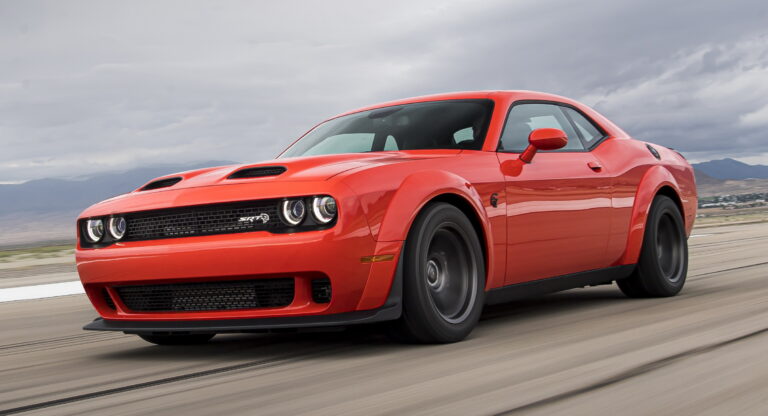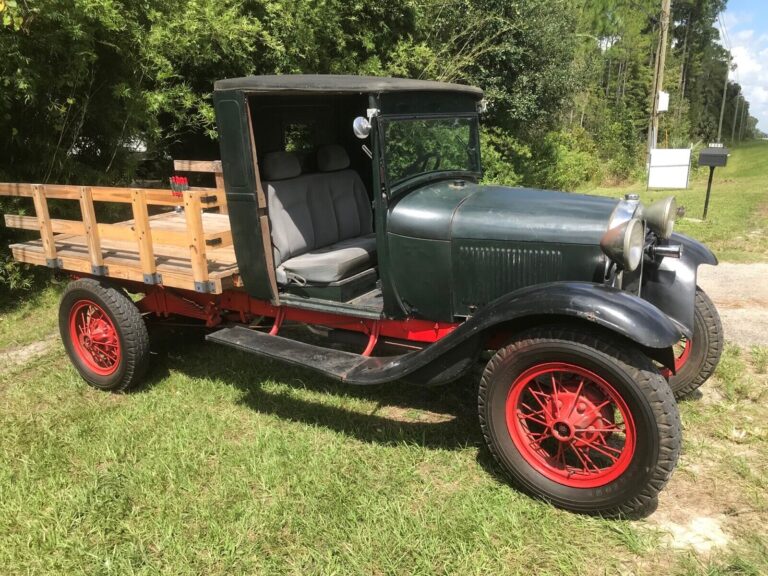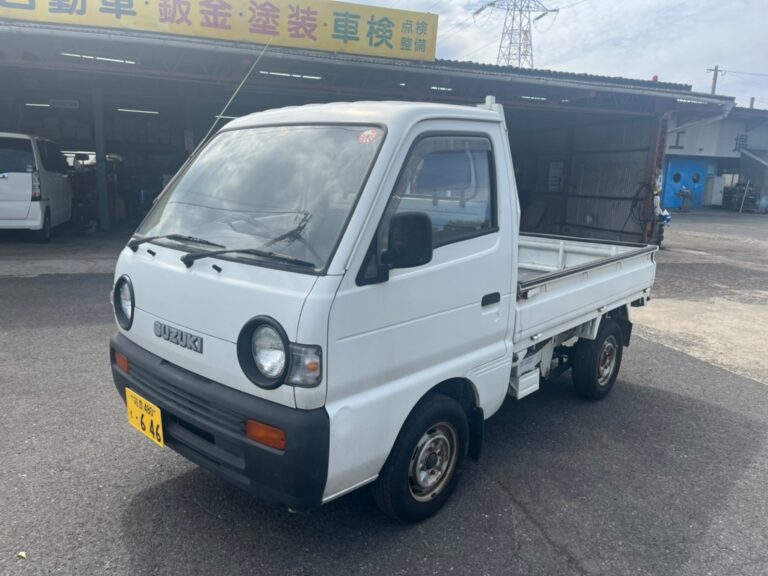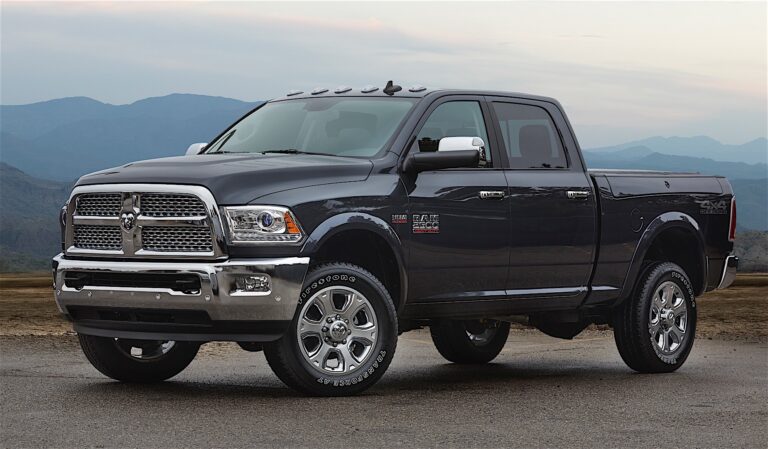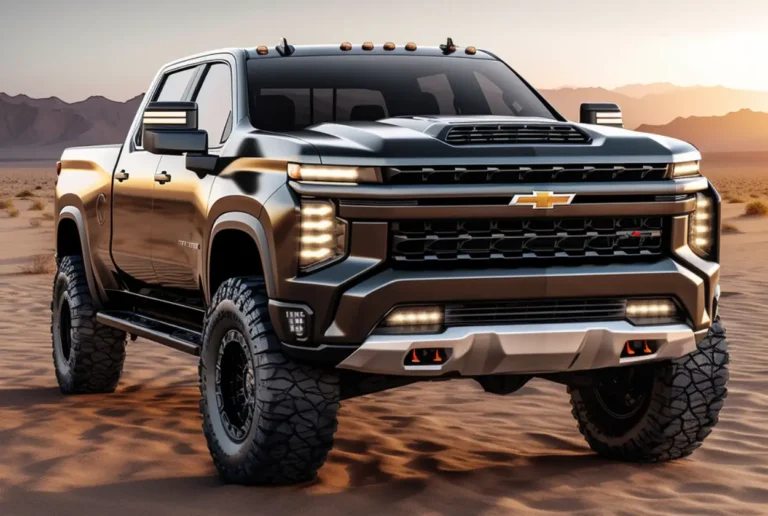Will A Canopy From A Dodge Ram Fit On A Dodge Ram? Unraveling the Truck Bed Compatibility Puzzle
Will A Canopy From A Dodge Ram Fit On A Dodge Ram? Unraveling the Truck Bed Compatibility Puzzle cars.truckstrend.com
The versatility of a pickup truck is undeniable, and for many Dodge Ram owners, adding a canopy (also known as a truck cap or topper) is the ultimate upgrade for security, weather protection, and added cargo space. But as common as Rams are, a frequent and crucial question arises: "Will a canopy from one Dodge Ram fit on another Dodge Ram?" The answer, while seemingly straightforward, is surprisingly nuanced. It’s not as simple as "yes" or "no" because "a Dodge Ram" encompasses a wide range of models, generations, bed lengths, and specialized features. This comprehensive guide will delve into the intricacies of Ram canopy compatibility, providing you with the knowledge to make an informed decision and avoid costly mistakes.
Understanding the Ram Landscape: Why "A Dodge Ram" Isn’t Enough
Will A Canopy From A Dodge Ram Fit On A Dodge Ram? Unraveling the Truck Bed Compatibility Puzzle
At its core, fitting a canopy involves matching the dimensions and contours of the canopy to the truck bed it will sit on. While all Dodge Rams share a brand name, their evolution over the years has led to significant variations in bed design. The belief that any Ram canopy will fit any Ram truck is a common misconception that can lead to poor fits, compromised protection, and wasted money.
The primary factors that dictate canopy fitment are:
- Bed Length: This is the most critical dimension. Ram trucks come with various bed lengths (e.g., 5’7" short bed, 6’4" standard bed, 8′ long bed). A canopy designed for one length will simply not fit another.
- Bed Width: While generally consistent within a given generation for standard beds, slight variations exist, especially between 1500, 2500, and 3500 models, or across different generations.
- Bed Rail Height and Shape: The height of the bed rails from the bed floor, and their specific contour, are vital. Canopies are designed to sit flush on these rails, creating a seal. Differences here can lead to gaps, leaks, and an improper look.
- Cab Configuration: While not directly related to the bed, the cab design can influence the front profile of the canopy, especially for models with specific cab-to-bed transitions.
- Truck Generation/Year: Dodge Ram trucks have undergone several redesigns over the decades. Each new generation often brings changes to body lines, bed dimensions, and rail designs.
- Special Features (e.g., RamBox): Trucks equipped with the RamBox cargo management system have significantly different bed rail designs, requiring specific canopies.

The Crucial Fit Factors: What to Measure and Consider
Before even thinking about purchasing a used canopy or transferring one, meticulous measurement and detailed research are paramount. Here’s what you need to scrutinize:
- Bed Length (Most Important): Measure the inside length of your truck bed from the bulkhead (front of the bed) to the inside of the closed tailgate. Compare this to the canopy’s intended bed length. There is very little tolerance here; a 6’4" canopy will not fit a 5’7" bed.
- Bed Width (Inside and Outside): Measure the width of your bed across the top rails, both from outer edge to outer edge and from inner edge to inner edge. Canopies are often built to precise widths.
- Bed Rail Height: Measure from the bed floor up to the top of the bed rail. While less critical for overall fit than length and width, variations can affect how flush the canopy sits and the effectiveness of the seal.
- Bed Rail Profile/Contour: Closely examine the shape of your truck’s bed rails. Are they flat, rounded, or do they have specific ridges? The canopy’s base frame must match this profile for a secure and watertight seal.
- Cab-to-Bed Transition: Observe the gap and angle between your truck’s cab and the front of the bed. Some canopies are designed with a specific rake or contour to match the cab, especially on newer models.
- Tailgate Compatibility: Ensure the rear door of the canopy will close properly and seal against your truck’s tailgate. Some canopies are designed to overlap the tailgate, while others meet it flush.
- RamBox System: If your Ram has the RamBox cargo system, you absolutely need a canopy specifically designed for RamBox beds. Standard canopies will not fit due to the integrated storage compartments in the bed rails.
- Mounting System: Consider how the canopy will be clamped or bolted to the truck. Ensure the existing mounting hardware on the canopy (or new hardware) is compatible with your truck’s bed rails.

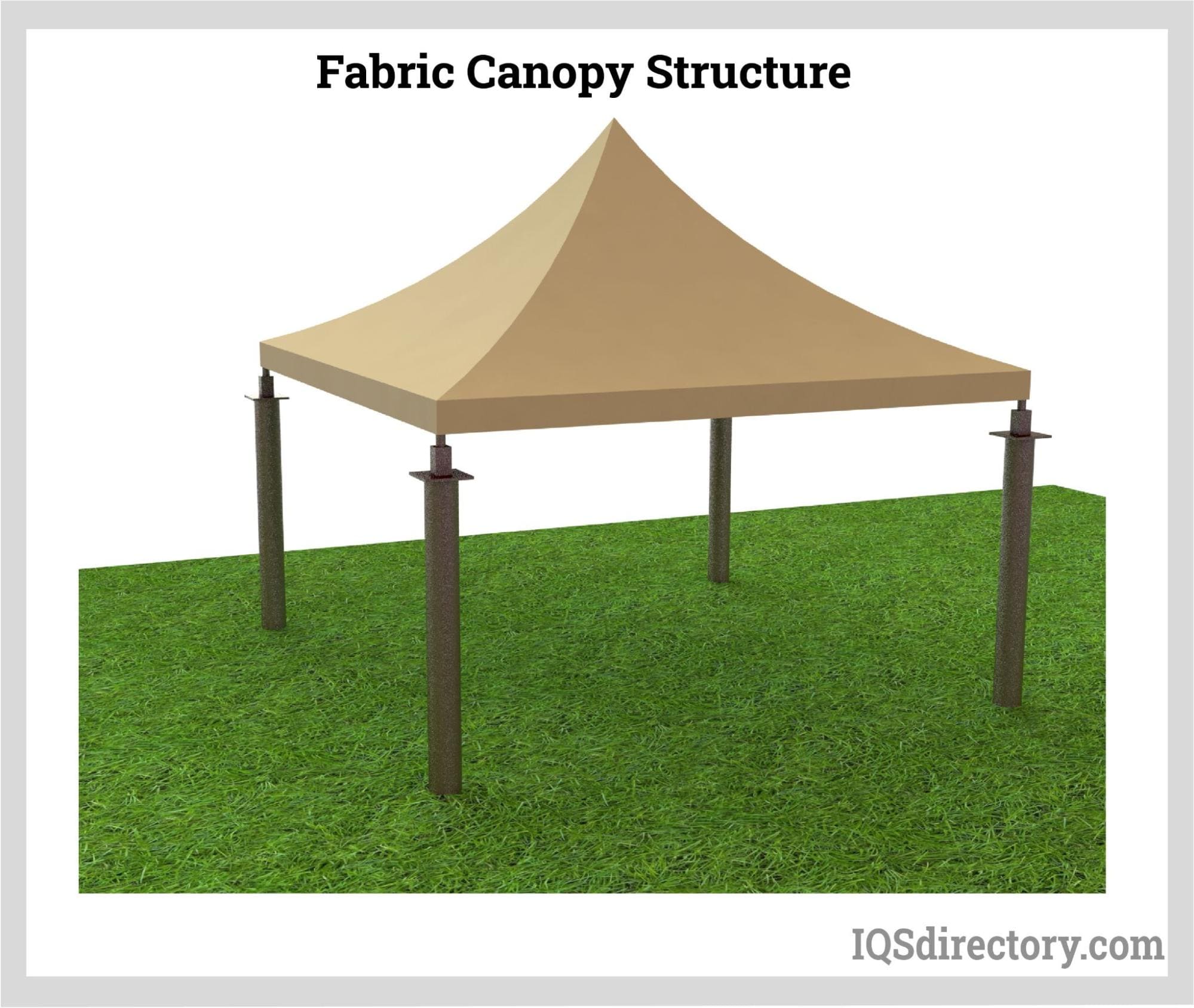
Generations and Body Styles: A Deep Dive into Ram Evolution
Understanding the different generations of Dodge Ram trucks is key to predicting canopy compatibility. Even within the same generation, minor trim or year-to-year changes can sometimes impact fit.
- Second Generation (1994-2001): These trucks have a distinct, more angular body style. Canopies from this era are unlikely to fit newer generations due to significant changes in bed dimensions and body lines.
- Third Generation (2002-2008 for 1500, 2003-2009 for 2500/3500): This generation introduced a smoother, more modern look. Bed dimensions changed from the second gen, making cross-generation fit highly improbable.
- Fourth Generation (2009-2018 for 1500, 2010-2018 for 2500/3500, continued as Ram 1500 Classic 2019-Present): A major redesign brought new bed dimensions and rail profiles. Canopies from Gen 3 will not fit Gen 4. Be mindful that the "Classic" models (post-2018 1500) retained the Gen 4 body style, meaning their canopies are interchangeable with earlier Gen 4 models of the same bed length.
- Fifth Generation (2019-Present Ram 1500, 2019-Present Ram 2500/3500): The latest generation features significant stylistic and structural changes, including redesigned bed rails and the introduction of the multi-function tailgate. Canopies from previous generations will generally not fit these newer trucks.
Heavy Duty (2500/3500) vs. Light Duty (1500): While some bed lengths might overlap, the heavy-duty trucks often have slightly different bed rail heights and widths, making a canopy designed for a 1500 unlikely to fit a 2500/3500 perfectly, even if the bed length is the same.
Assessing Compatibility: A Step-by-Step Guide
- Identify Both Trucks Precisely: Note the exact year, model (1500, 2500, 3500), cab configuration (Regular, Quad, Crew), bed length, and whether either truck has the RamBox system for both the canopy’s original truck and your target truck.
- Obtain Detailed Measurements: Use a tape measure to get precise internal and external bed rail measurements (length, width, height) for both trucks. If buying a used canopy, ask the seller for these measurements, or better yet, measure it yourself.
- Consult Manufacturer Fitment Guides: If possible, check the canopy manufacturer’s website. Most reputable brands (e.g., ARE, Leer, Snugtop) provide detailed fitment charts for specific truck years and models. This is the most reliable source of information.
- Visual Inspection: Compare photos of the canopy on its original truck with your truck. Pay attention to the way the canopy sits on the rails, the contour of the front of the canopy relative to the cab, and how the rear door aligns with the tailgate.
- Look for VIN/Fitment Stickers: Some canopies have stickers indicating the specific truck model/year they were made for.
- Test Fit (If Possible): The absolute best way to confirm compatibility is to perform a test fit. If you’re buying a used canopy locally, arrange to place it on your truck to check for gaps, alignment, and proper seating.
The "Close Enough" Scenario: When Modifications Might Be Needed
Sometimes, a canopy might be "close" but not a perfect fit. In such cases, minor modifications might be possible, but always proceed with caution.
- Minor Gaps/Sealing Issues: Small gaps around the bed rails or tailgate can often be remedied with additional weather stripping, foam seals, or silicone sealant.
- Mounting Clamp Issues: If the existing clamps don’t work, universal truck cap clamps are widely available and can often solve the problem.
- Wiring: The third brake light and interior lights typically require simple 12V wiring, which can usually be adapted.
- Aesthetic Mismatches: Slight differences in bed rail height or cab contour might result in a less-than-perfect aesthetic. This is generally a trade-off for cost savings.
When NOT to Force It: Significant discrepancies in bed length, width, or major differences in rail profile mean the canopy is not compatible. Attempting to modify a canopy to fit a vastly different bed is usually impractical, expensive, and can compromise the canopy’s structural integrity, weather sealing, and even safety. A poorly fitting canopy can vibrate, leak excessively, or even blow off at highway speeds.
Benefits of a Proper Fit vs. Risks of a Poor Fit
Benefits of a Proper Fit:
- Optimal Protection: Keeps cargo dry and secure from weather and theft.
- Enhanced Aesthetics: Looks like an integrated part of the truck, maintaining resale value.
- Improved Fuel Economy: A well-fitting canopy can reduce aerodynamic drag.
- Quiet Operation: No rattling or wind noise from ill-fitting components.
- Longevity: Reduces stress on both the canopy and truck bed rails.
Risks of a Poor Fit:
- Water Leaks: Leads to damaged cargo, rust in the bed, and mold.
- Compromised Security: Gaps can allow easy access for theft.
- Damage to Truck/Canopy: Rattling and improper seating can cause wear, scratches, or even structural damage.
- Safety Hazards: An unsecured canopy can shift or detach during driving.
- Reduced Resale Value: Both for the canopy and potentially the truck if damage occurs.
- Frustration and Wasted Money: Investing in a canopy that doesn’t fit correctly is a costly mistake.
Price Table: Will A Canopy From A Dodge Ram Fit On A Dodge Ram (General Estimates)
The cost of a truck canopy varies wildly based on new vs. used, brand, materials (fiberglass, aluminum), features (windows, lights, roof racks, carpeted interior), and installation. This table provides general ranges for comparison.
| Canopy Type / Condition | Estimated Price Range (USD) | Key Features / Considerations |
|---|---|---|
| New – Basic Fiberglass | $1,800 – $2,800 | Entry-level, painted to match, basic windows, single rear door. |
| New – Mid-Range Fiberglass | $2,800 – $4,000 | Better quality, more options (sliding/pop-out windows, interior light, headliner, basic rack tracks), color-matched paint. |
| New – Premium Fiberglass/Aluminum | $4,000 – $6,000+ | High-end brands, advanced features (power locks, remote access, heavy-duty roof racks, custom interior, specialized designs). |
| Used – Excellent Condition | $800 – $2,000 | Near-new condition, minimal wear, good seals, proper fit confirmed. Best value if it matches perfectly. |
| Used – Good Condition | $400 – $1,000 | Minor cosmetic flaws, may need new seals, some wear and tear. Requires careful inspection and potential minor repairs. |
| Used – Fair Condition | $100 – $400 | Visible damage, worn seals, faded paint. Best for those willing to do significant restoration or only need basic coverage. |
Disclaimer: These prices are general estimates and can fluctuate significantly based on location, specific brand, dealer markups, current market demand, and the complexity of installation. Installation costs, if not DIY, can add $100-$300+.
Frequently Asked Questions (FAQ)
Q1: Can a canopy from a Ram 1500 fit a Ram 2500/3500?
A1: Generally, no. While bed lengths might sometimes overlap, the heavy-duty trucks (2500/3500) typically have different bed rail heights, widths, and sometimes contours compared to the 1500, making a direct swap impossible for a proper fit.
Q2: Does a Ram with the RamBox cargo system require a special canopy?
A2: Yes, absolutely. The RamBox system integrates storage compartments into the bed rails, fundamentally changing the bed’s width and rail profile. Canopies for RamBox trucks are specifically designed to accommodate these features and will not fit standard beds, nor will standard canopies fit RamBox beds.
Q3: Can I modify a canopy to fit a different bed length?
A3: No, this is highly impractical and generally not advisable. Changing the length of a fiberglass or aluminum canopy requires significant structural modification, which is costly, compromises integrity, and rarely results in a good, watertight fit.
Q4: What are the common signs of a poor canopy fit?
A4: Common signs include visible gaps between the canopy and bed rails, the canopy not sitting flush or level, difficulty latching the rear door, excessive rattling while driving, and water leaks into the bed.
Q5: Is it worth buying a used canopy?
A5: Yes, if you can find one that is a precise fit for your truck and is in good condition. Buying used can offer significant cost savings. However, be extremely diligent in verifying compatibility and inspecting the canopy for damage, warpage, and seal integrity before purchase.
Q6: Do all Ram 1500s of the same year have the exact same bed dimensions?
A6: No, not necessarily. While a 2015 Ram 1500 Crew Cab with a 5’7" bed will have the same dimensions as another 2015 Ram 1500 Crew Cab with a 5’7" bed, the bed dimensions will differ if one has a 6’4" bed, or if one is equipped with the RamBox system. Always verify the specific bed configuration.
Conclusion
The question "Will a canopy from a Dodge Ram fit on a Dodge Ram?" is best answered with a resounding "It depends." While the idea of swapping canopies between seemingly similar trucks is appealing for its convenience and potential cost savings, the reality is that precision is paramount. The myriad of Ram generations, bed lengths, cab configurations, and specialized features like the RamBox mean that a direct, perfect fit is only possible when the donor and recipient trucks are virtually identical in their bed specifications.
Thorough research, meticulous measurements, and ideally, a test fit are your most powerful tools in navigating this compatibility puzzle. By understanding the critical fit factors and the evolution of Ram truck beds, you can confidently determine whether a canopy will truly integrate with your Dodge Ram, ensuring years of secure, dry, and aesthetically pleasing utility. Don’t let a hasty decision lead to a leaky, ill-fitting, and ultimately frustrating experience. Choose wisely, measure twice, and enjoy the enhanced versatility of your Ram truck.

